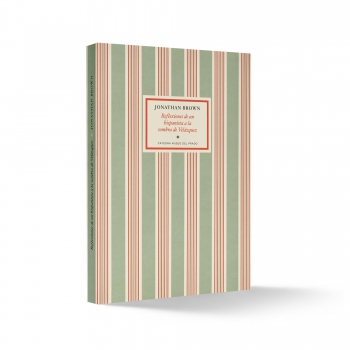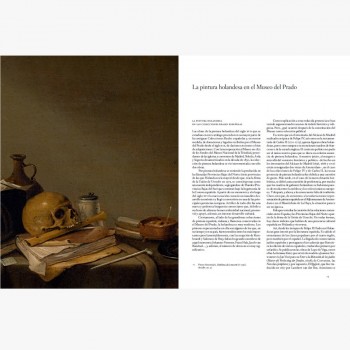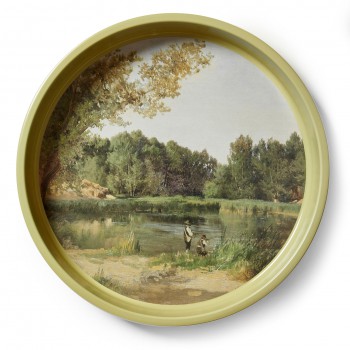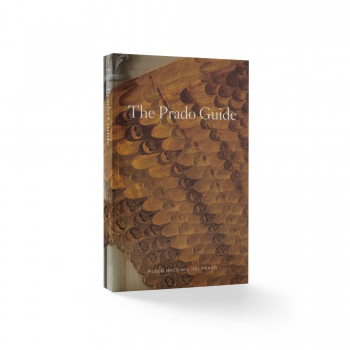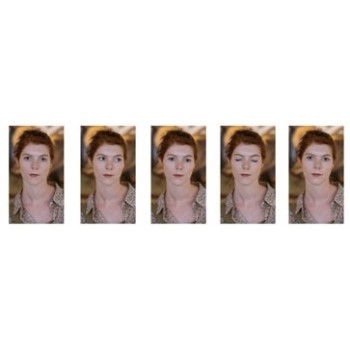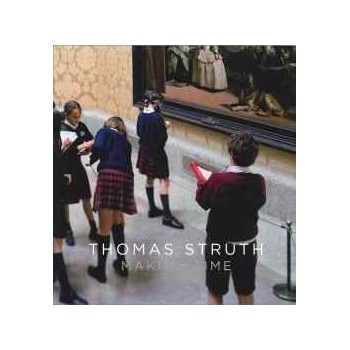Lorenzo Lotto (Venice, about 1480 – Loreto, 1556/57) was one of the great portraitists of the Renaissance due to the variety of typologies that he employed, the psychological depth with which he endowed his sitters, and the judicious use that he made of objects in order to define the status, interests, and aspirations of his subjects. After his death Lotto fell into almost complete obscurity until the late nineteenth century when Bernard Berenson (1856–1959) defined him as the first Italian painter to be interested in depicting states of mind and hence the first modern portraitist. This interpretation, still considered valid, found fertile ground in a society increasingly interested in the most profound dimension of the individual.
The catalogue of the exhibition, the first to be devoted to Lotto’s portraits, follows this nomadic painter’s footsteps from his native Venice to Treviso, Bergamo, Rome, and the Marches through portraits produced over the course of five decades. They reveal a variety of influences ranging from Antonello da Messina to Titian and including his master Alvise Vivarini, Giovanni Bellini, Albrecht Dürer, Giorgione, Raphael, and Leonardo. Lotto re-elaborated these references to formulate his own language, in which looks, gestures, and objects combine to transcend the sitters’ physical description and social status and reveal their innermost emotions. With their powerful narrative potential, Lotto’s portraits encourage the viewer to speculate on the subjects’ lives while testifying to the period of profound transformation experienced in Italy at that time.
The catalogue is edited by Miguel Falomir, Director of the Prado Museum, and Enrico Maria Dal Pozzolo, with the collaboration of Matthias Wivel. It includes texts by leading experts which focus on technical, material, social, and iconological issues relating to Lotto’s portraits and also incorporates a revision of the documentary sources for their study.
ISBN: 9788484804741


